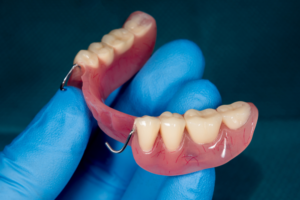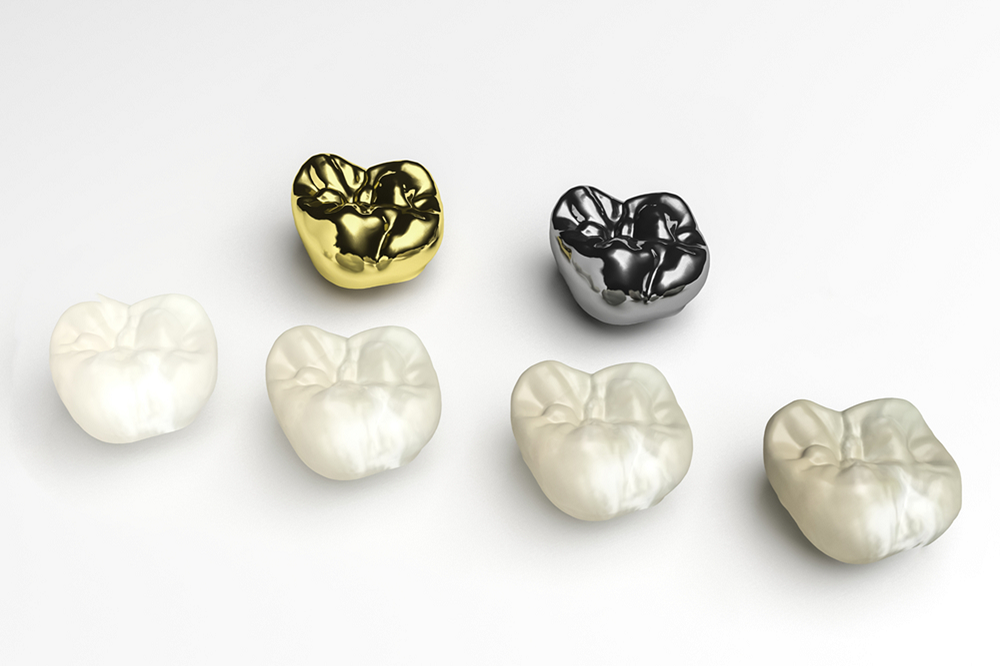

When it comes to replacing missing teeth, there are a couple of options: dental implants and partial dentures. Of course, there are pros and cons of implants and partial dentures. But which one is better? Let’s break it down in simple terms to help you make the right decision for your smile.
Imagine a dental implant as a strong foundation for a new tooth. It’s a tiny metal post surgically placed into your jawbone, acting as an artificial root. Once it’s in, a crown (the part that looks like a tooth) is attached to the top. The result? A tooth that looks, feels, and functions just like a natural one.
Durability: Dental implants are designed to last a long time—often a lifetime—with proper care. That means there are no worries about replacements down the road.
Stability: Because implants fuse with your jawbone, they provide stability similar to natural teeth. You can eat, talk, and laugh without fear of your tooth slipping or clicking.
Preserve Jawbone: When you lose a tooth, the bone in that area can deteriorate over time. Implants prevent this bone loss by stimulating the jawbone, keeping it healthy and strong.
Natural Look and Feel: Dental implants blend seamlessly with your natural teeth, both in appearance and function. No one will even know you have an implant!
Partial dentures near you are like puzzle pieces that fill in the gaps left by missing teeth. They consist of artificial teeth attached to a base made of plastic or metal, which rests on your gums. You can take them out for cleaning or while sleeping.
It’s essential to consult with your dentist in South Edmonton to determine the best option for your specific situation. They can assess your oral health, discuss your goals, and help you make an informed decision.
The dilemma of partial dentures vs. dental implants is forever. But remember, whether you choose dental implants or partial dentures, restoring your smile can boost your confidence and improve your overall quality of life.
So, take the first step toward a healthier, happier smile today! Whitemud Dental Centre offers expert services in dental implants and partial dentures, ensuring patients receive personalized care for their specific needs
© 2024 – Whitemud Dental Centre | All rights reserved
© 2024 – Whitemud Dental Centre | All rights reserved